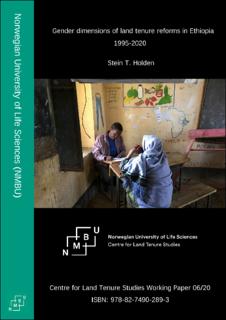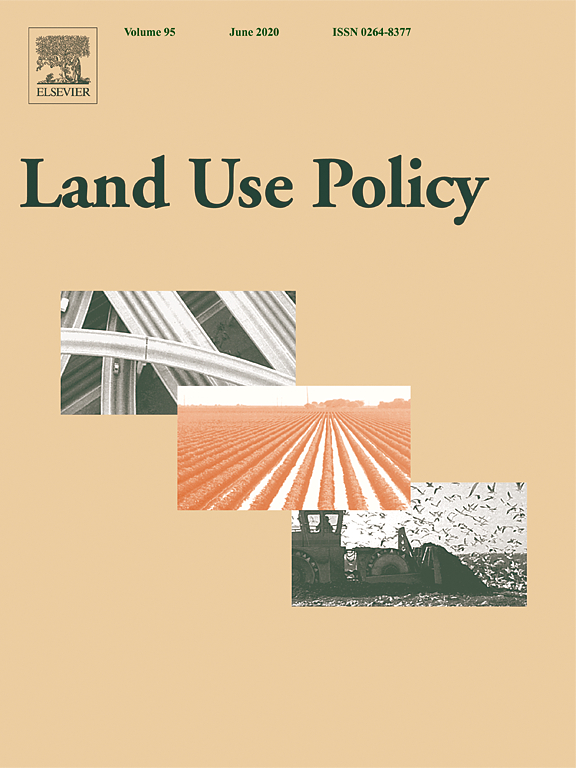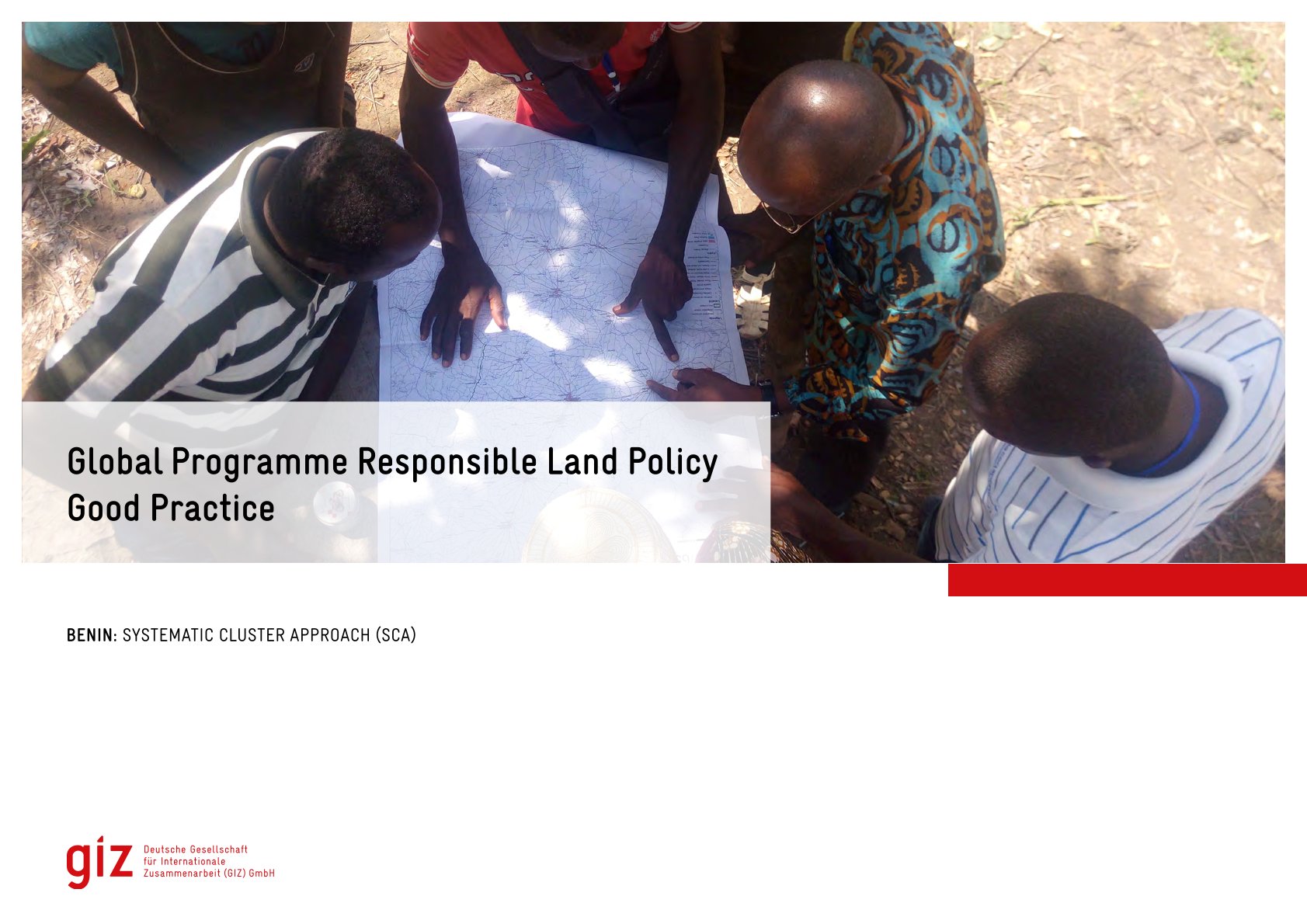Gender dimensions of land tenure reforms in Ethiopia 1995-2020
This chapter investigates how land tenure reforms in Ethiopia have influenced the position of women in terms of land tenure security, access to land, decision-power over land within households, as well as the gendered impacts of these tenure reforms on land investments, land productivity, land renting, and household consumption welfare. It is based on a careful screening of the relevant literature based on its quality and critically examining the reliability of the causal effects in each study.





